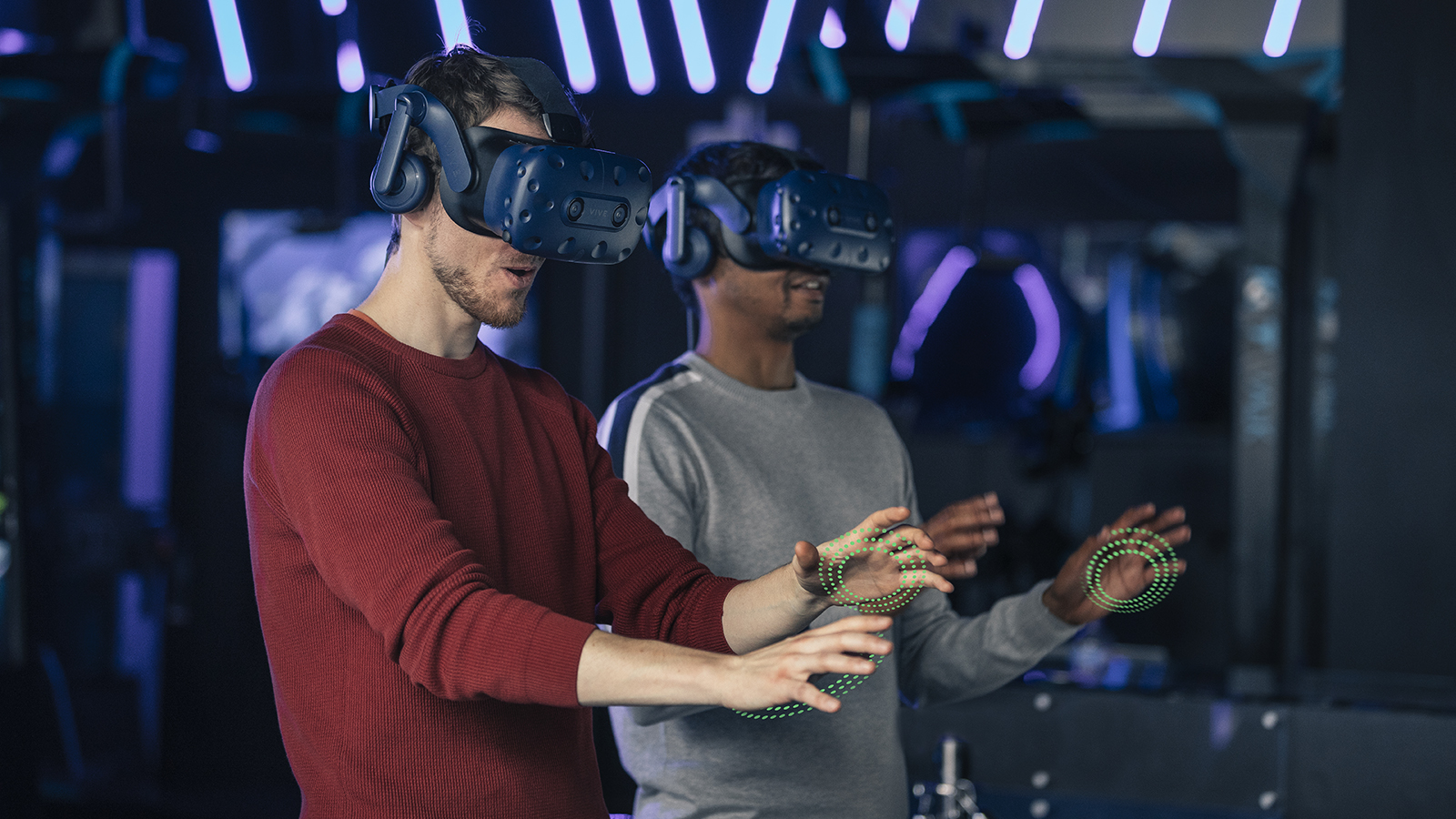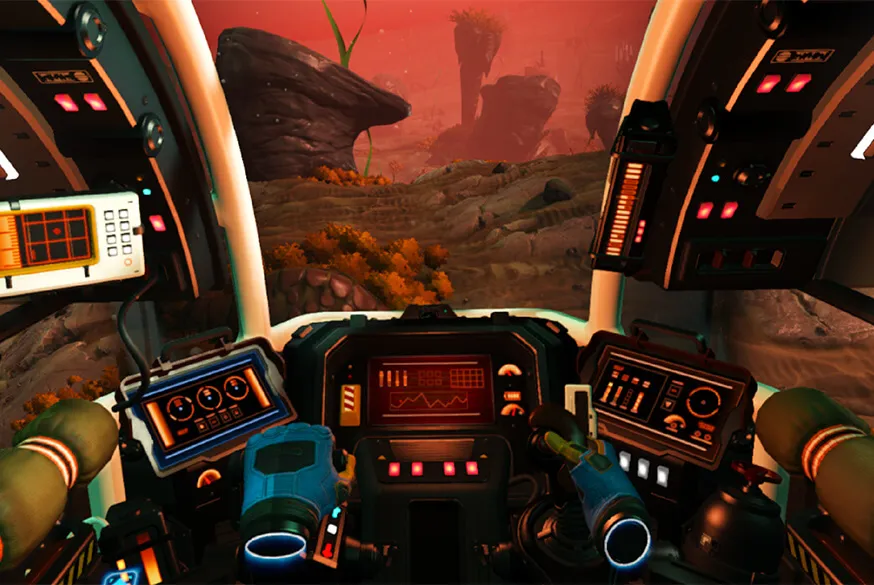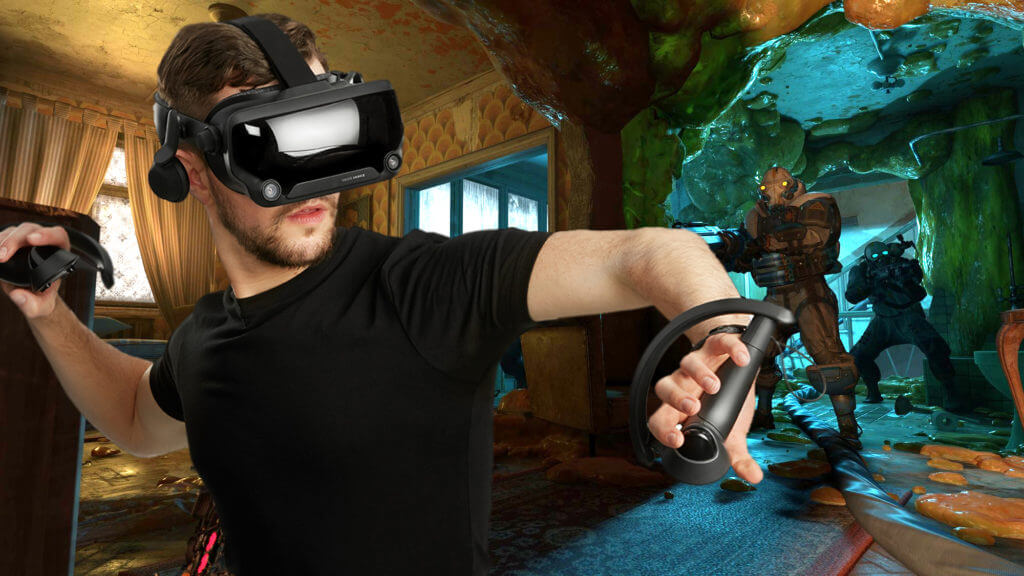In the rapidly evolving world of VR gaming, haptic feedback has emerged as a groundbreaking tool for immersion. Far beyond basic vibration, today’s haptic technology can simulate textures, resistance, and even temperature, allowing players to feel their virtual surroundings. Devices like the Teslasuit or SenseGlove go beyond controllers, offering full-body feedback that mirrors in-game actions—whether it’s the tension of drawing a bow or the impact of taking a hit. This physical response activates the brain’s tactile memory, anchoring the digital world in sensory reality.
What makes haptic feedback crucial in immersive experiences is its ability to connect players emotionally and physically to the game. Research from Stanford’s Virtual Human Interaction Lab shows that multisensory input increases player presence, making virtual experiences more memorable and emotionally impactful. Imagine walking through a storm in-game and actually feeling the raindrops or gusts of wind—this is no longer futuristic fantasy, but a current reality in high-end VR.
As developers integrate more advanced haptic technology, the boundary between game and reality continues to blur. This evolution doesn’t just elevate gameplay—it transforms storytelling, training simulations, and emotional depth. Haptics are no longer a luxury; they’re becoming a standard for fully embodied virtual adventures. The future of immersion isn’t just what you see—it’s what you feel.






